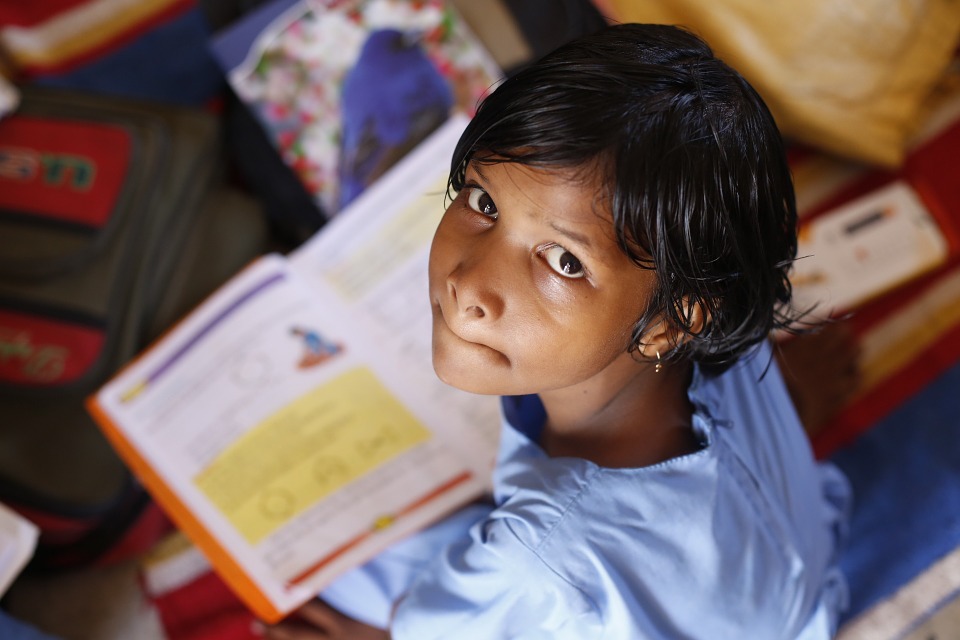
Autism diagnosis in Girls
On parent-reporting measures, girls with autism seem to struggle more than boys with performing routine tasks like getting up and dressed or making small talk, even when the study group is normalized to meet similar basic clinical diagnostic criteria across sexes. The findings add to the growing evidence that girls with autism may show symptoms differently than boys, and that some of the social difficulties experienced by females with autism may be masked during clinical assessments.
The new study, led by researchers from the Center for Autism Spectrum Disorders at Children’s National Health System, was published in the Journal of Autism and Developmental Disorders.
“Based on our research criteria, parents report that the girls in our study with autism seem to have a more difficult time with day-to-day skills than the boys,” says Allison Ratto, Ph.D., lead author of the study and a clinical psychologist within the Center for Autism Spectrum Disorders at Children’s National. “This could mean that girls who meet the same clinical criteria as boys actually are more severely affected by ongoing social and adaptive skill deficits that we don’t capture in current clinical measures, and that autistic girls, in general, may be camouflaging these types of autism deficits during direct assessments.”
The study used an age-and IQ-matched sample of school-aged youth diagnosed with ASD to assess sex differences according to the standard clinical tests including the Autism Diagnostic Observation Schedule (ADOS) and the Autism Diagnostic Interview-Revised (ADI-R), as well as parent reported autistic traits and adaptive skills.
“This study is one of the first to eliminate many of the variables that obscure how sex impacts presentation of autism traits and symptoms. Though today’s clinical tools do a really good job capturing boys at a young age, with a wide range of symptom severity, they do it less effectively for girls,” adds Lauren Kenworthy, Ph.D., director of the Center for Autism Spectrum Disorders, and another study contributor. “This is a crucial issue considering how much we know about the success of early interventions on long-term outcomes. We have to find better ways to identify girls with autism so we can ensure the best approaches reach all who need them as early as possible.”
Specific evidence of women more effectively masking or camouflaging social and communication deficits is limited, but autistic self-advocates theorize that the unique social pressures and demands on girls at a young age may teach them to “blend in” and “get by,” including maintaining successful, brief social interactions.
As a research partner of an $11.7 million Autism Center of Excellence (ACE) grant from the National Institutes of Health to the George Washington University Autism and Neurodevelopment Disorders Institute, the Center for Autism Spectrum Disorders at Children’s National will continue investigations into sex differences, and aims to develop self-reporting measures for adolescents and adults that better capture additional populations–including females and non-cisgender males.
“We hope the ACE studies will help us better understand the diversity of the autism spectrum by allowing us to focus on the ways in which differences in sex and gender identity might influence the expression of autistic traits, thereby enabling us to make more accurate diagnoses,” Dr. Ratto concludes.

